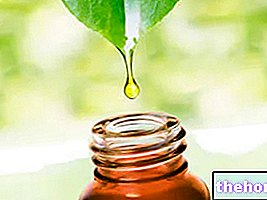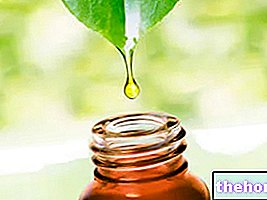
Scientific name
Rosmarinus officinalis
Family
Labiatae
Origin
Southern Europe, Mediterranean basin
Parts Used
The drug consists of the essential oil obtained by steam distillation of fresh rosemary leaves and twigs, but the aerial parts and the flowering tops are also used.
Chemical constituents
- Derivatives of caffeic acid, including rosmarinic acid;
- Diterpenes, among which carnosic acid stands out;
- Triterpenes;
- Flavonoids (diosmin, nepitrin);
- Essential oil, rich in eucalyptol (or 1,8-cineol), alpha-pinene, camphor, limonene, borneol and bornyl acetate;
- Glycolic acid;
- Nicotinic acid;
- Glyceric acid;
- Choline;
- C vitamin;
- Tannins.
Rosemary in Herbalist: Properties of Rosemary
Rosemary is used in herbal medicine as an eupeptic digestive, while the essential oil, as it is rich in eucalyptol, is used for its balsamic activity and also as a bacteriostatic, choleretic, cholagogue and spasmolytic.
Many studies have attributed to the components of rosemary also a powerful antioxidant activity: it has been shown the ability to inhibit the superoxide anion.




























